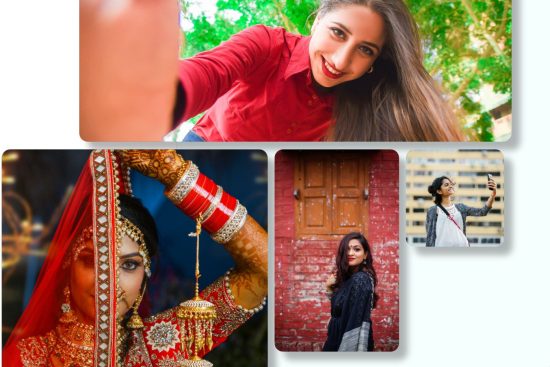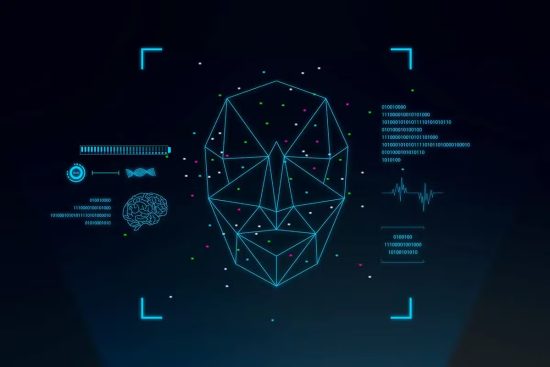
Once upon a time, editing images meant spending hours tinkering with brightness sliders, color tones, and too many Photoshop layers. Fast forward to today, and the machines have taken over—thankfully, in the best way possible. Automated image processing has turned what used to be a creative chore into a sleek, AI-powered workflow that’s faster, smarter, and a whole lot more fun.
From e-commerce to entertainment, from healthcare scans to satellite imagery, automation is redefining how visuals are created, understood, and enhanced. The future isn’t just about sharper pictures—it’s about intelligent systems that understand what’s in an image, why it matters, and how it should look.
So if you’re curious about where this world is headed, buckle up. The next wave of automated image processing is bold, brainy, and a little futuristic.
1. Context-Aware Editing: The Rise of Smart Vision
Filters? Outdated. The new generation of AI editing tools doesn’t just brighten or contrast—it interprets. Imagine uploading a product image and having the system instantly know what it is, what background it needs, and how to enhance it without overdoing anything.
AI is learning visual context—distinguishing between skin and fabric, food and packaging, sunlight and glare. It knows that jewelry photos need crisp reflections, while clothing shots benefit from softness. This kind of context-aware editing ensures each image is optimized not just for looks, but for purpose. For online sellers and creative teams, it’s like having an editor who reads your mind, only faster.
2. Real-Time Image Enhancement: Instant, Seamless, Done
In an age where content moves faster than attention spans, waiting for post-production feels ancient. Real-time image enhancement is bringing instant gratification to visual workflows.
Imagine taking a product photo, and before you can even say “upload,” the system’s already fixed lighting, cleaned the background, and balanced colors. It’s like live editing—no downtime, no touch-ups.
Retail studios, influencer teams, and even marketplaces are adopting this tech because it makes bulk processing feel effortless. The future isn’t about taking more photos—it’s about taking smarter ones.
3. Synthetic Imagery: When Reality Isn’t Enough
Here’s a twist: what if your best product image was never photographed at all? Synthetic imagery—generated by AI—creates photorealistic visuals from data, not cameras. Want your furniture shot in five different living rooms? Done. Need a watch on multiple skin tones or under various lighting styles? Also done.
Synthetic visuals are reshaping how brands think about creativity. Instead of organizing shoots, they’re designing data-driven visuals tailored to their audience. It’s fast, scalable, and remarkably realistic. The real power lies in flexibility—no limits to imagination, no dependence on logistics.
4. Visual Quality Scoring: AI as the New Art Director
Automation is getting judgmental, and that’s a good thing. Visual quality scoring is the emerging trend where AI evaluates images based on clarity, lighting, symmetry, and emotional impact. It’s like having an automated art director telling you what works and what doesn’t—without the creative drama.
For online sellers, this means instant feedback. Before an image goes live, AI can predict how it’ll perform on a marketplace—whether it looks appealing enough to drive clicks or needs adjustments. That’s data-driven design in action: decisions powered by insight, not intuition.
5. Cross-Platform Adaptation: One Image, Many Lives
Every platform has its own personality—Instagram wants square shots, Amazon wants clean white backgrounds, Pinterest loves lifestyle scenes. The future of automation is about creating one image and letting AI transform it for multiple environments instantly.
The system crops, resizes, adjusts tone, and formats the same base image to fit every platform’s standards. That means zero time wasted re-editing for different uploads. For sellers and marketers juggling multiple channels, this is a quiet revolution—consistent visuals everywhere, handled automatically.
6. Explainable AI in Image Editing
We’ve all seen AI make strange decisions—over-smoothing faces, removing backgrounds that shouldn’t be touched, or “enhancing” things a little too much. The next leap in image automation is explainable AI—systems that don’t just edit, but also tell you why they did it.
These transparent algorithms show users the logic behind every adjustment: why exposure changed, how color tones were selected, what part of the image was prioritized. This builds trust between humans and machines, making automated workflows feel less like black boxes and more like creative collaborations.
7. Green AI and Energy-Efficient Processing
There’s another quiet trend rising: sustainability in automation. Image processing, especially at scale, can consume significant computing power. The next generation of AI models is being trained to process efficiently—using less energy while maintaining speed and quality.
Eco-conscious automation might sound niche, but for large marketplaces handling millions of product images daily, it’s a big deal. Expect “green image processing” to become a real differentiator as companies align tech innovation with environmental responsibility.
8. Personalization Through Visual Intelligence
Personalized marketing is already everywhere, but now images themselves are getting tailored. AI will soon adapt visuals dynamically for different audiences—changing lighting, color palettes, or even background themes based on user preferences.
A fashion retailer might show the same dress in different tones depending on a viewer’s region or browsing history. A gadget store could alter display angles based on what similar users tend to click. It’s hyper-personalization powered by visuals, not text—and it’s where image processing meets behavioral intelligence.
The Road Ahead
Automated image processing isn’t about replacing creativity; it’s about amplifying it. Humans still set the vision—AI just accelerates the journey. As these technologies evolve, the line between imagination and automation will keep blurring in all the right ways.
For sellers, creators, and brands, the message is simple: automation isn’t just a tool, it’s a collaborator. The future belongs to those who can blend creative intent with algorithmic precision.
And honestly? That future looks pretty picture-perfect.


